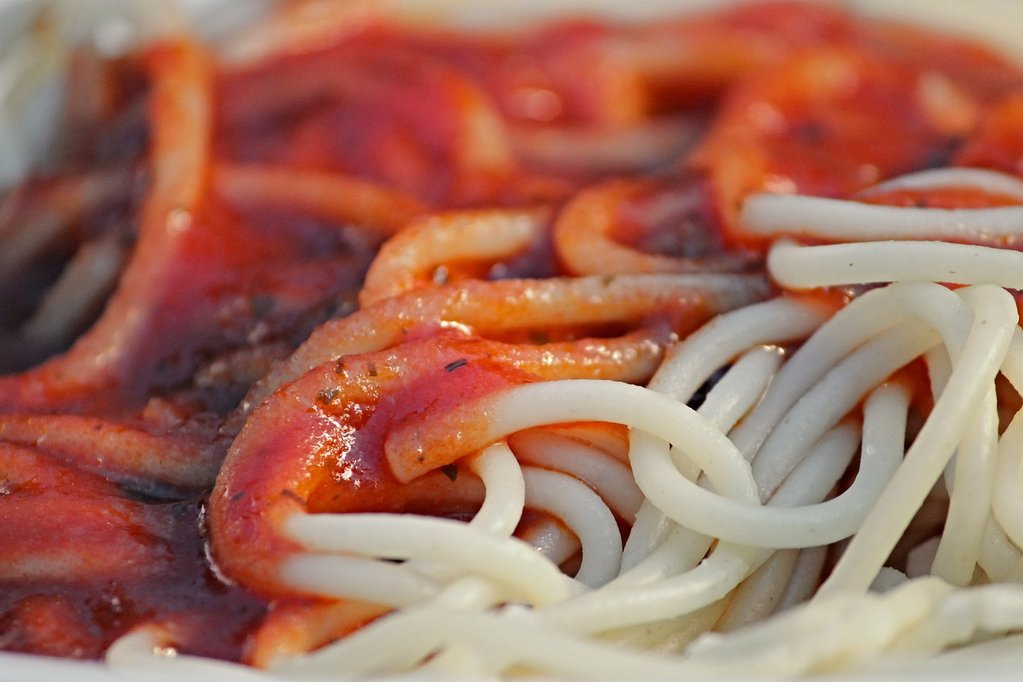ZIMSEC O Level Biology Notes: Chemicals of Life: Carbohydrates
- In humans, mammals and a lot of other animals carbohydrates are the body’s main source of energy
- These may be simple, soluble sugars or complex materials like starch and cellulose
- But they all are bio-molecules consisting of carbon (C), hydrogen (H) and oxygen (O)
- Carbohydrates come in two main types:
- Simple sugar (Monosaccharide) are the simplest forms of carbohydrates
- Complex sugar (Disaccharide and Polysaccharide)
Simple sugars (Monosaccharides)

Structure of Monosaccharides
- Sugars with a single carbon ring are called monosaccharides
- Examples include glucose and fructose
- Like disaccharides, monosaccharides are readily soluble in water
- Simple sugars can provide a lot of energy for immediate usage
- However, they contain no other useful nutrients
Complex sugars (Disaccharides and Polysaccharides)

The formation of Maltose
- Disaccharides are thosesugars with two carbon rings in their molecules are called disaccharides
- They are formed when two monosaccharides form a bond with removal of water
- Examples include maltose, lactose and sucrose
- Disaccharides like monosaccharides are easily soluble in water
- Carbohydrates called polysaccharides areformed when many glucose molecules are joined together
- Polysaccharides are polymerized monosaccharides, or complex carbohydrates
- They have multiple simple sugars
- Because of their size, polysaccharides are not water-soluble
- Individual molecules can however become hydrated when exposed to water
- Glycogen is an example of a polysaccharide
- forms a food storage substance in many animal cells
- Another common polysaccharide is starch
- The starch molecule is made up of hundreds of glucose molecules joined together to form long
chains - Starch is an important storage substance in the plastids of plant cells
- Plastids are important organelles in plant cells
- An organelle is a tiny cellular structure that performs specific functions within a cell
- An example of a plastid is chloroplast
- They are the sites where molecules like starch are made and stored
- Cellulose is another example of a polysaccharide
- It is an important structural component of the primary cell wall of green plants
- Cellulose consists of even longer chains of glucose molecules
- The chain molecules are grouped together to form microscopic fibres, which are laid down in layers to form the cell wall in plant cells
- Complex sugars are a good source of energy for both plants and animals
- The body can easily store this form of energy for rapid use in future
- Animal cells store complex sugars in the form of glycogen
- Plant cells store complex sugars in the form of starch
Foods containing carbohydrates

Part of glycogen molecule showing the individual glucose chains
- Examples of foods that contain a lot of carbohydrates are cereal based foods
- Such as maize, flour and rice
- By extension this includes bread, sadza, pasta, spaghetti etc
- Other sources includes potatoes and cassava
- In humans energy from carbohydrates is converted into glycogen and is stored in the liver and in our muscles
- When energy is needed, the body changes the glycogen into glucose which is used by the body during aerobic respiration
- If a lot of carbohydrate is eaten, it will be stored as fat
To access more topics go to the O Level Biology Notes page




